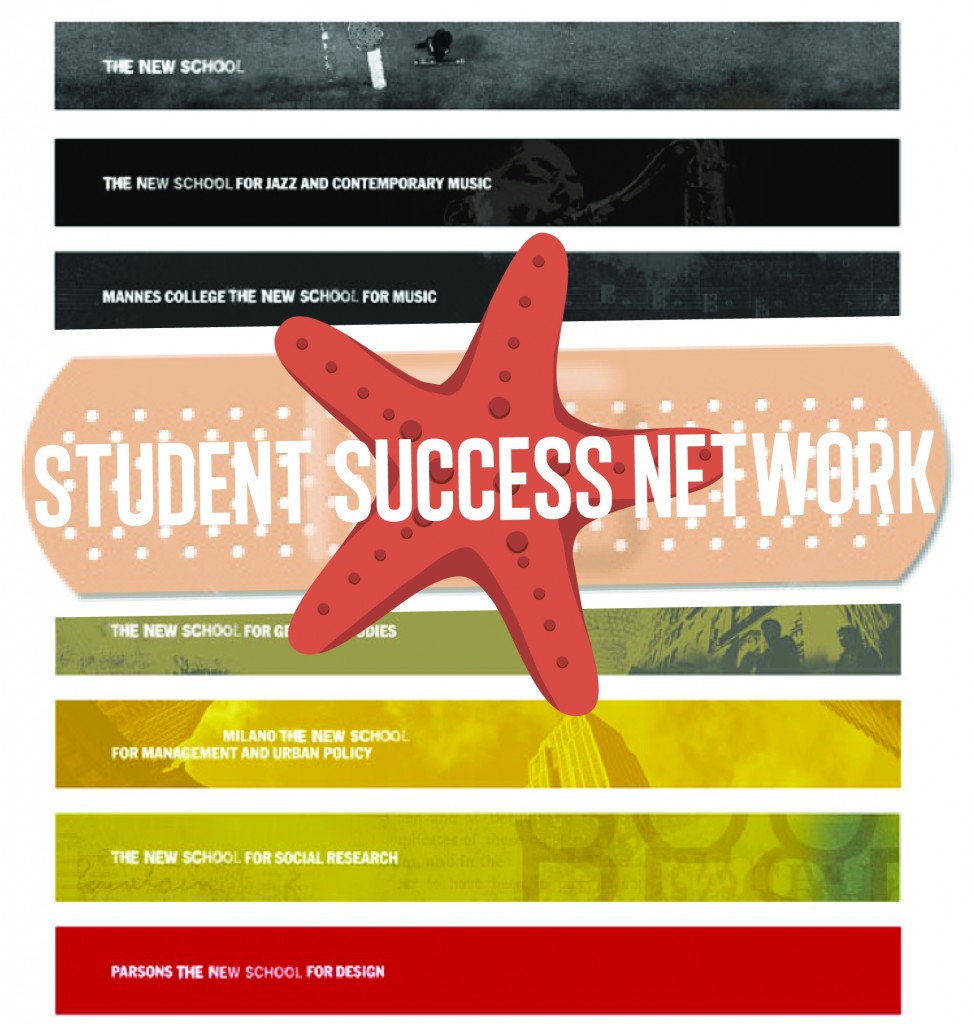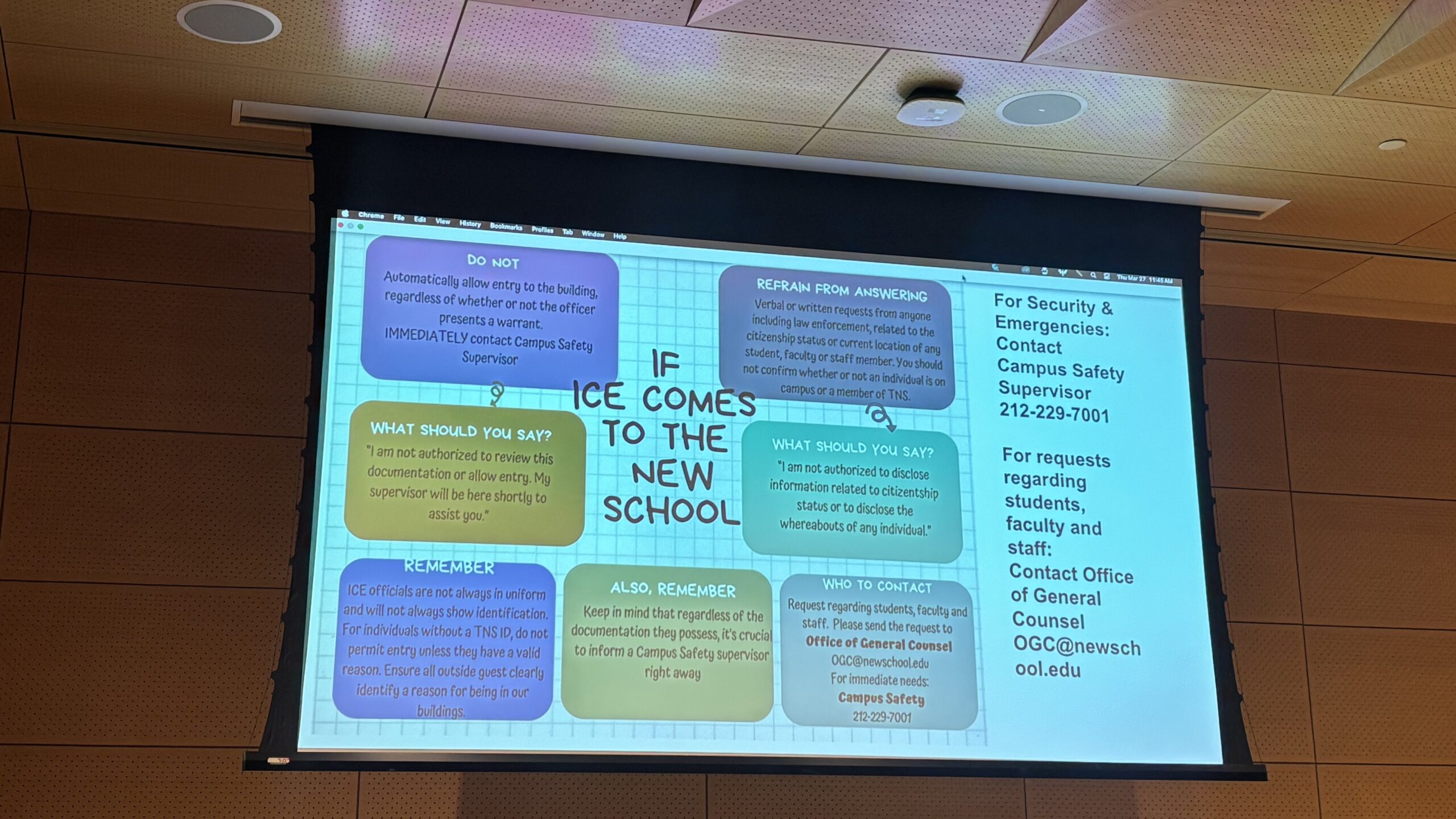
Last month, The New School Provost’s office sent out an email announcing the university’s launch of the Student Success Network – otherwise known by its brand name, Starfish.
Located in the student tab of the MyNewSchool portal, Starfish is designed to facilitate a closer connection between students, instructors and advisors through alerts and online calendaring. The Provost’s office implemented the program to digitize appointment scheduling, provide a one-stop directory of New School services – such as the University Learning Center, International Student Services, and Career Services – and to pilot an Early Alerts program intended to provide support for struggling students.
Despite the risk of potentially overwhelming students with new technology, the Provost’s office emphasized that the Student Success Network is meant to simplify existing processes at the university.
“I think we’ve known for a long time that there are a lot of people doing really good on-the-ground work for students across the university,” said Vice Provost Elizabeth Ross. “But there was no system that linked all these committed people.”
All students can now log into the Student Success Network and see a list of instructors and advisors, along with their office hours. Students can then sign up for available time slots for meetings, and send alerts to the pertinent parties about those meetings. Students and faculty can choose whether they want alerts by text, email, iCal, or any combination of the three.
The provost’s office also hopes the network will eliminate any confusion about who students should contact regarding a particular problem. Ross described the new network as an attempt “virtual student center.” After reviewing various software packages, she said the Provost’s office chose to proceed with Starfish because of its simplicity and user-friendliness.
Starfish’s Early Alerts module is currently only being piloted by first-year Parsons students and a select number of classes. With Early Alerts, an instructor can report a student’s multiple absences and missing assignments, while the financial aid office can make a note of any financial struggles and inform the student’s academic advisor. This may help advisors prioritize which students need the most assistance.
“Connecting to university services shouldn’t be any more complicated than using your phone,” said Jonathon White, associate dean of students at Lang. According to White, in recent years The New School has had a retention percentage rate in the mid-to-high 70s, varying across the different divisions. White said the hope is that the Early Alerts module may lay the groundwork for improved numbers in the future.
What the Network does not do, however, is address registration–specific woes other than digitizing the appointment process. It does not seek to resolve class scheduling conflicts or large advisor-advisee ratios, nor is it a replacement for DegreeWorks, Alvin, or any other MyNewSchool functions.
“I think that one of the big challenges that we’re going to face this year in terms of registration,” said Ross, “is taking DegreeWorks, the online course catalogue, registering online, Starfish, and figuring out how they sync.”







Leave a Reply